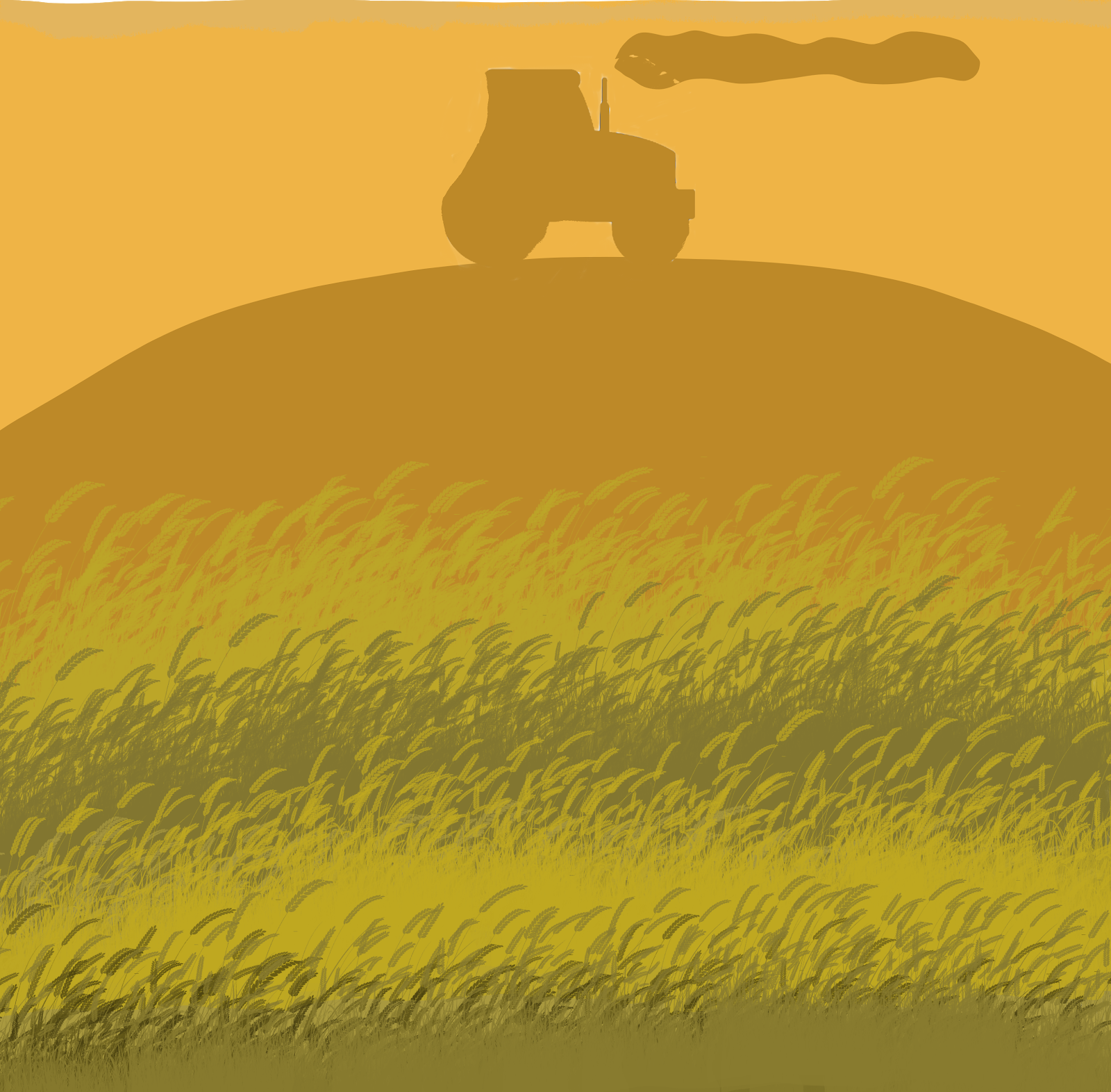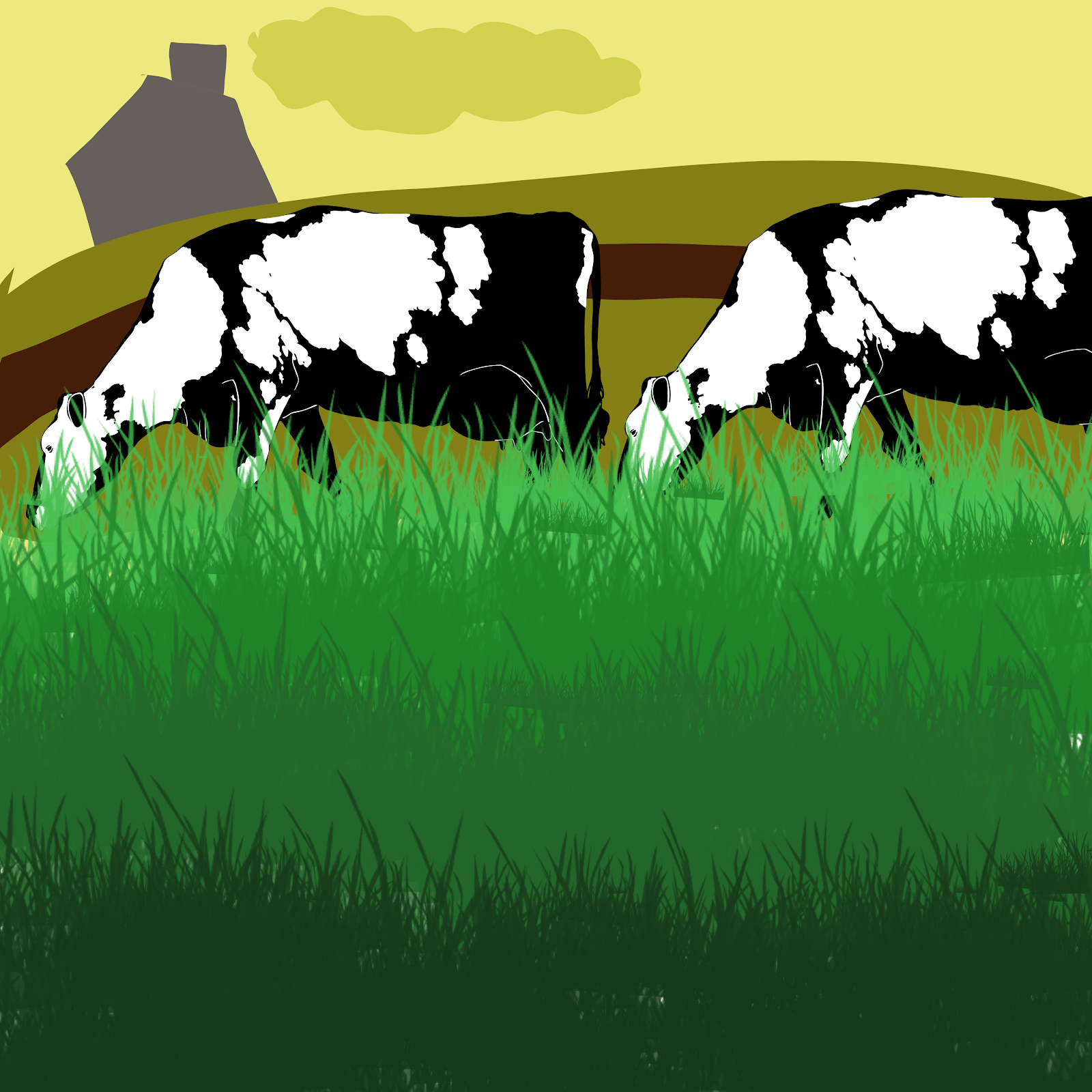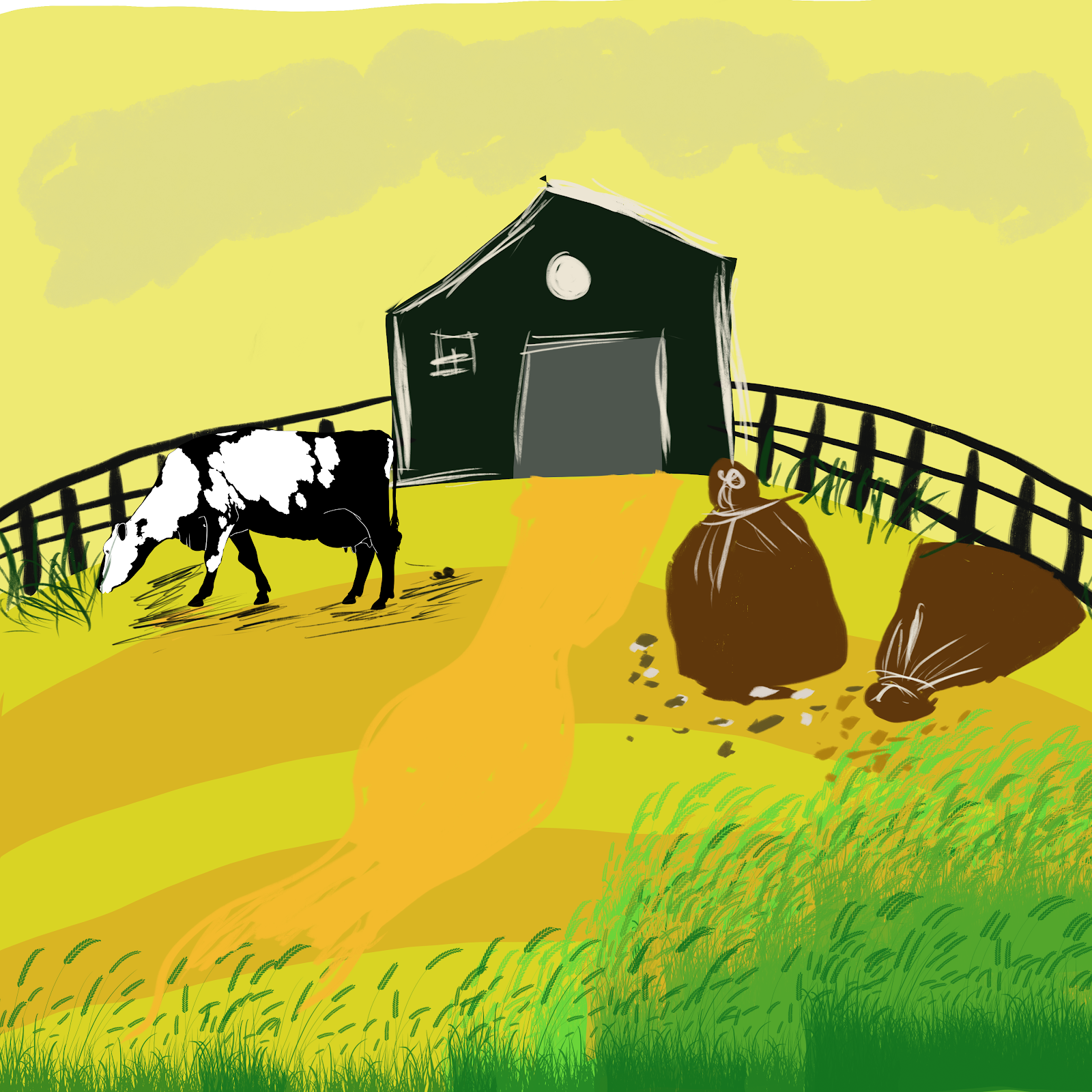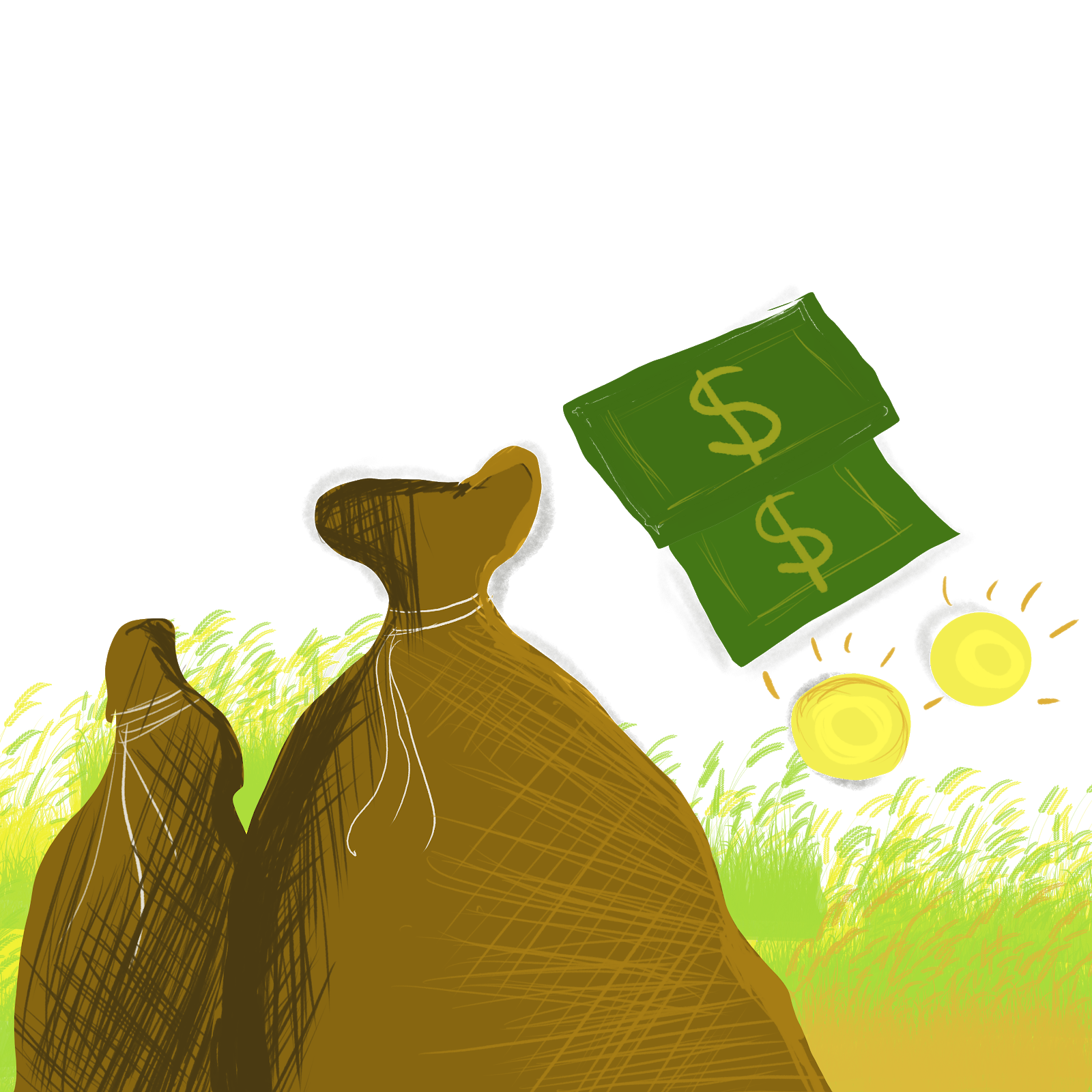Agriculture is the lifeblood of human civilization, and it takes on many forms, each with its unique set of practices and challenges. These types of farming encompass everything from subsistence farming, where families cultivate just enough to feed themselves, to vast commercial operations that supply global markets. In between, we find organic farming, which eschews synthetic inputs, and precision agriculture, which leverages cutting-edge technology to maximize efficiency. Each type of farming brings its unique approach to soil management, crop cultivation, and resource utilization. In this exploration, we’ll journey through this diverse agricultural landscape, gaining insights into the practices that define each type, their economic and ecological implications, and their role in addressing the complex challenges of food security and sustainability in our modern world.

Farming is categorised into three types:
Arable Farming
Arable farming means that only crops are grown on a farm and then used or sold by the farmer according to his needs.
The arable farming needs slightly sloping land, fertile soil with balanced moisture i.e. not too dry or wet, warm climate to support growth and suitable machinery and human resources to work. The Southern and Eastern part of the UK has many arable farms.
Pastoral farming
In pastoral farming, only animals are reared for their products such as egg, milk, wool or meat. Pastoral farming is also needed when the soil in a particular area is not suitable for arable farming.
Conditions that favour pastoral farming are :
- Steep slope – Highly steep areas are not suitable to grow crops as the putting machinery in these areas is difficult and can be dangerous. So, it is better to keep the animals that can adjust to the slopes
- Poor soil nutrition – Soils which are less nutritious and can support only the growth of grass, thus works best for pastures.
- Extreme climate – Very cold and wet climate makes it impossible for crops to grow and hence animal farming is a good option for people living in such conditions.
- Windy regions – Strong winds can destroy crops or even flatten them making their growth difficult. In that case, animals can easily survive and can be a good source of income for farmers.
Pastoral Farming in the UK
Highland regions in the UK which lie in the Northern and Western part of the UK are most commonly known for pastoral farming. Sheep farming is quite prevalent in these areas as sheep can easily graze the grass over the slopes. Dairy farms are more prevalent on flatlands and are mostly located near the market.
Mixed farming
Mixed farming is a combination of arable and pastoral farming which means both animals and plants are reared and grown respectively. This type of farming makes more options of income for farmers making it easy for them to fulfil their basic needs.
Mixed farming in the UK
Mixed farms are also commonly found in the UK because these are more economically feasible. If crops do not perform well one season, the income from animals can make up for the loss. In addition, animals also provide a good amount of manure for crops.
Based on the use of farm products, farming can also be categorised as subsistence and commercial
- Subsistence farming – When a farmer grows crops only with the purpose of feeding his family and does not sell them, then it is called subsistence farming. It can include both animal and plant products. This type of farming is commonly found in economically developed countries.

- Commercial Farming – When crop and animal produce is used to earn money and sold in the market for profit then it is called commercial farming. This can be done on both a large and small scale. For large-scale commercial farming the farms are quite big.

Based on the input involved and techniques used in farming, there are two more subcategories of farming
- Intensive Farming – When a large amount of production is done from small land with the help of high inputs in the form of labour, fertilizers and machines are used.
- Extensive farming – When there are small inputs involved but the land is relatively large, it is called extensive farming.
Most of the farming in the UK is intensive but some areas of Scotland and Wales also come under extensive farming.
Other types of farming
- Sedentary Farming – When people live permanently in one place and grow crops in the same place every year, it is called sedentary farming.
- Nomadic Farming – In this type of farming the farmers keep changing the place of farming. The crop is grown at a different place in every other season. This is done mostly in tribal areas of less developed countries. Sometimes, this is also done to maintain and conserve the fertility of the soil. This type of farming is also called shifting cultivation.
Man-made factors play a major role in deciding which kind of farming will be done in a particular area. Government policies encourage the adoption of mixed farming in many areas as subsidies are provided by them to encourage better agricultural practices. Also, infrastructural development in an area is one of the biggest factors. For instance, dairy farming is popular in the area where roads are linked to cities and dairy keepers can easily reach out to the consumer.
Frequently Asked Questions
What characterizes subsistence farming, and how does it differ from commercial farming in terms of goals and scale?
Subsistence farming focuses on self-sufficiency, while commercial farming aims at profit and often involves larger-scale production.
Explain the concept of intensive farming and its emphasis on maximizing yields through high inputs and labour.
Intensive farming involves maximizing production on a limited land area using advanced techniques and inputs like fertilizers and pesticides.
Describe the principles of organic farming, including its focus on sustainability, natural inputs, and reduced chemical use.
Organic farming prioritizes sustainability, biodiversity, and the avoidance of synthetic chemicals in crop production.
How does agroforestry combine tree cultivation with traditional farming practices, and what are its ecological and economic benefits?
Agroforestry integrates trees into farming systems, providing benefits like improved soil fertility, carbon sequestration, and additional income from tree products.
Discuss the challenges faced by traditional farming communities and the potential benefits of transitioning to more sustainable and diversified farming practices.
Traditional farming faces challenges like land degradation and climate change, while sustainable practices offer increased resilience and income diversification.





